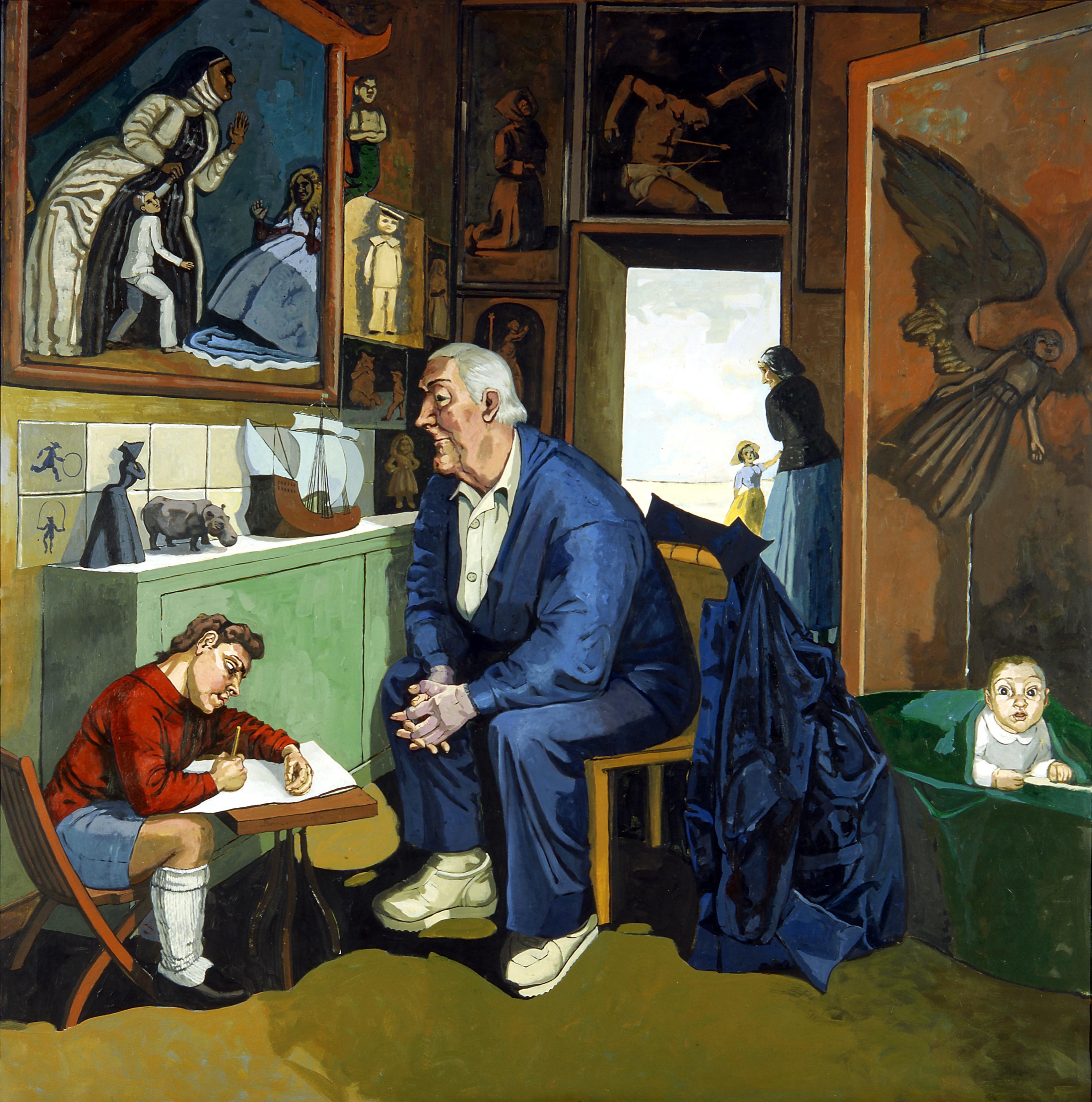
Paula Rego (Lisboa, Portugal, 1935 – Londres, Inglaterra, 2022)
O Tempo - Passado e Presente, Inv. 92P213

O Tempo - Passado e Presente, Inv. 92P213

O Tempo - Passado e Presente, Inv. 92P213
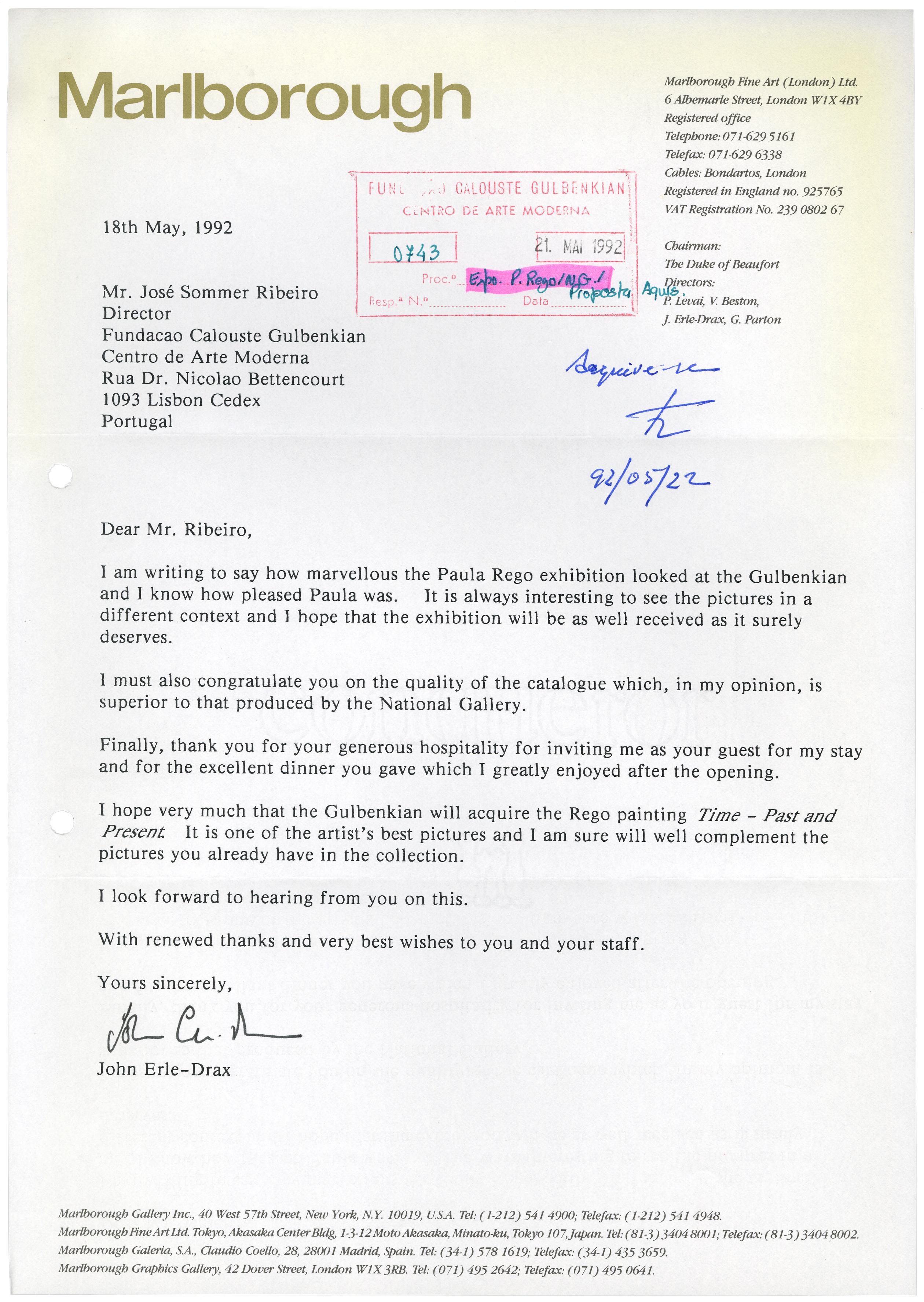
18 mai 1992
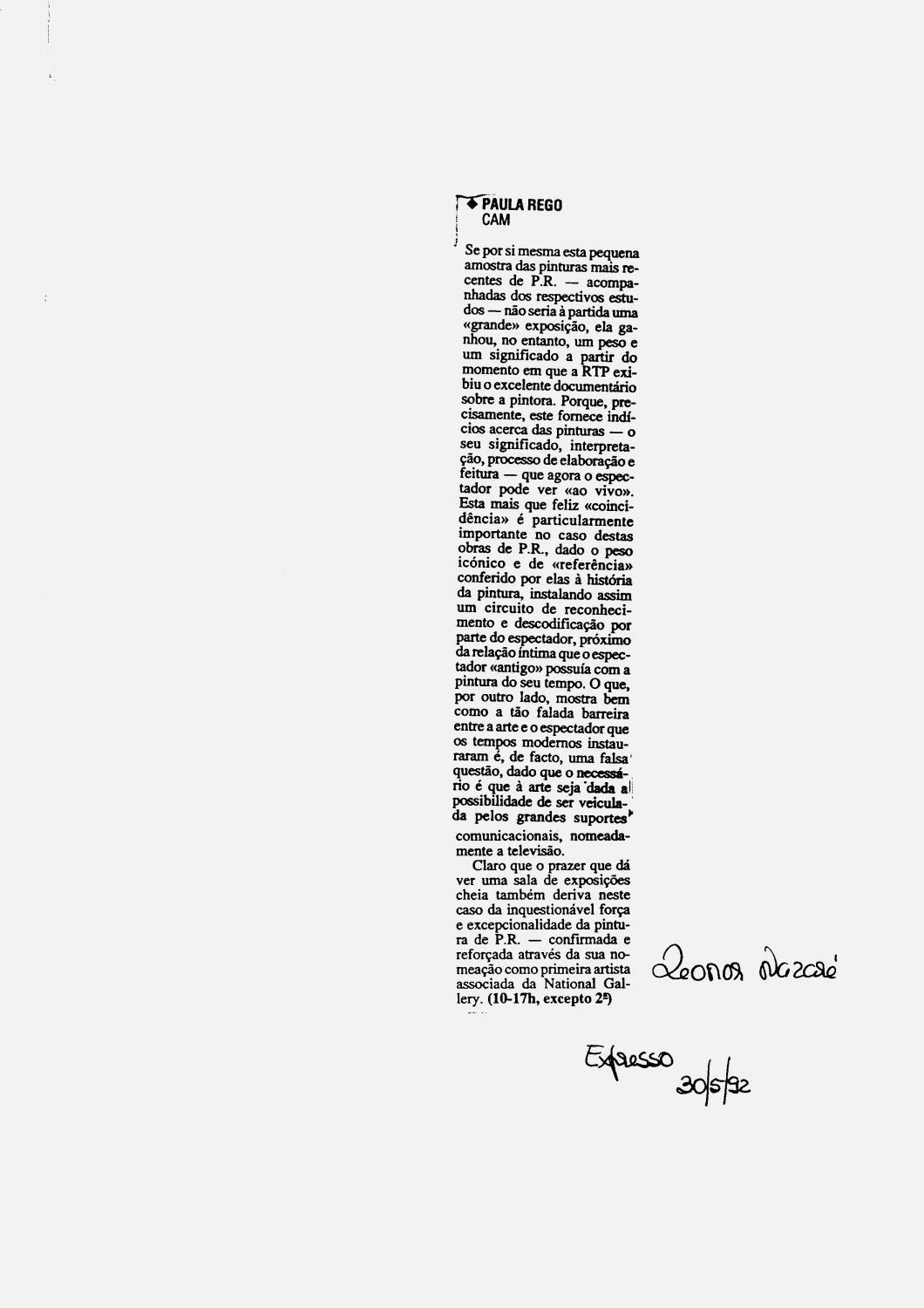
Lisboa, 30 mai 1992
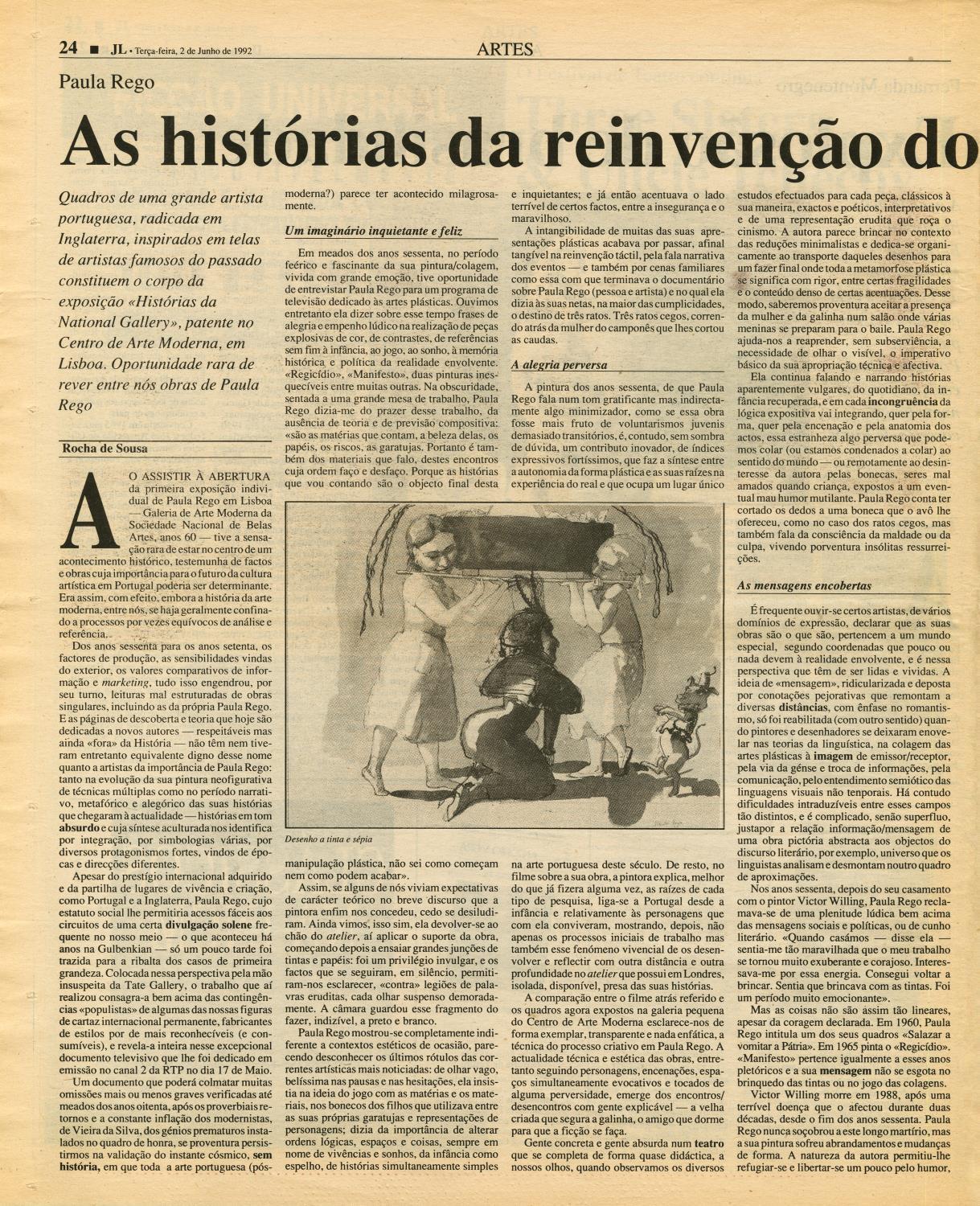
Lisboa, 2 jun 1992
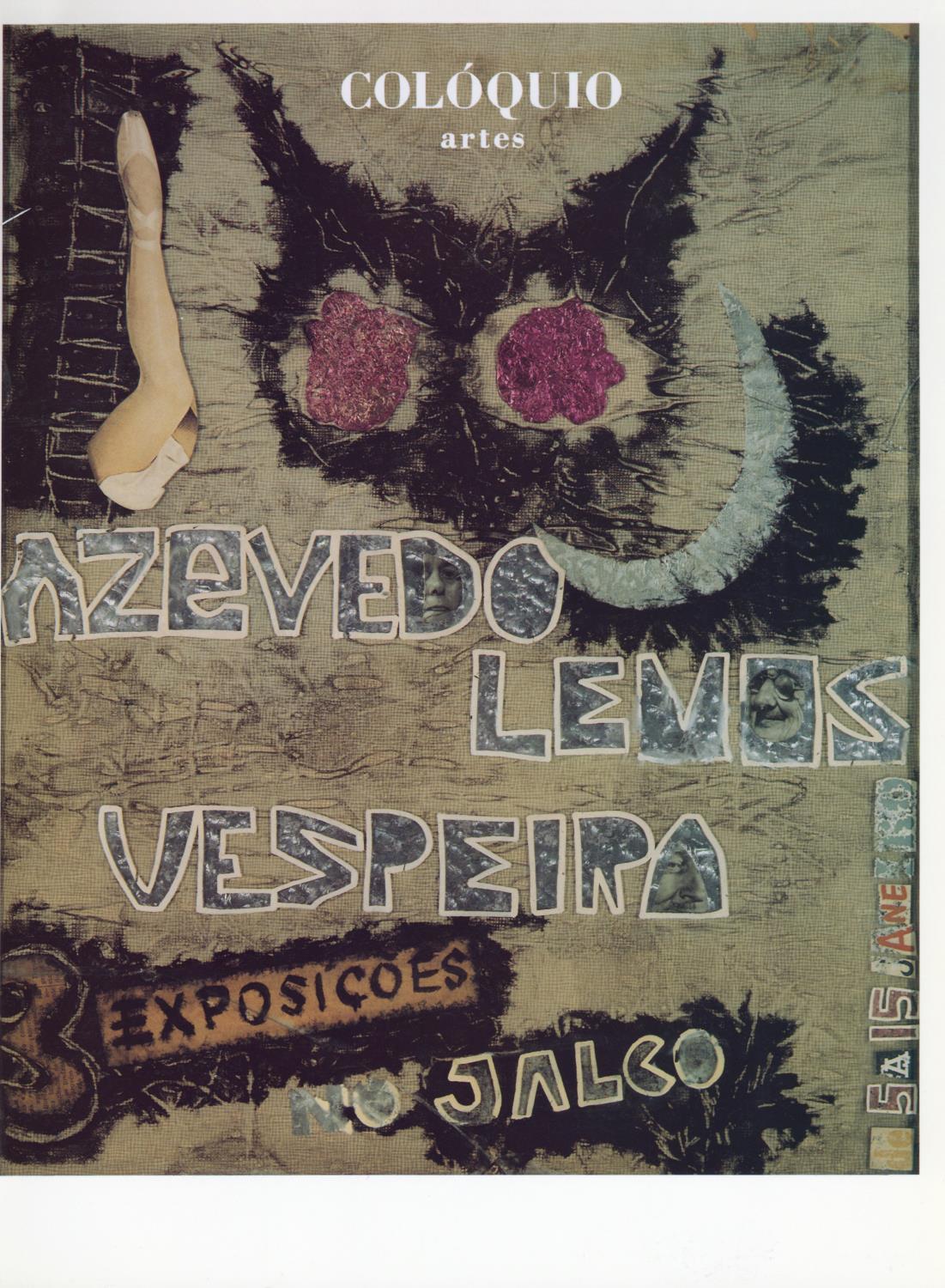
Lisboa, set 1992
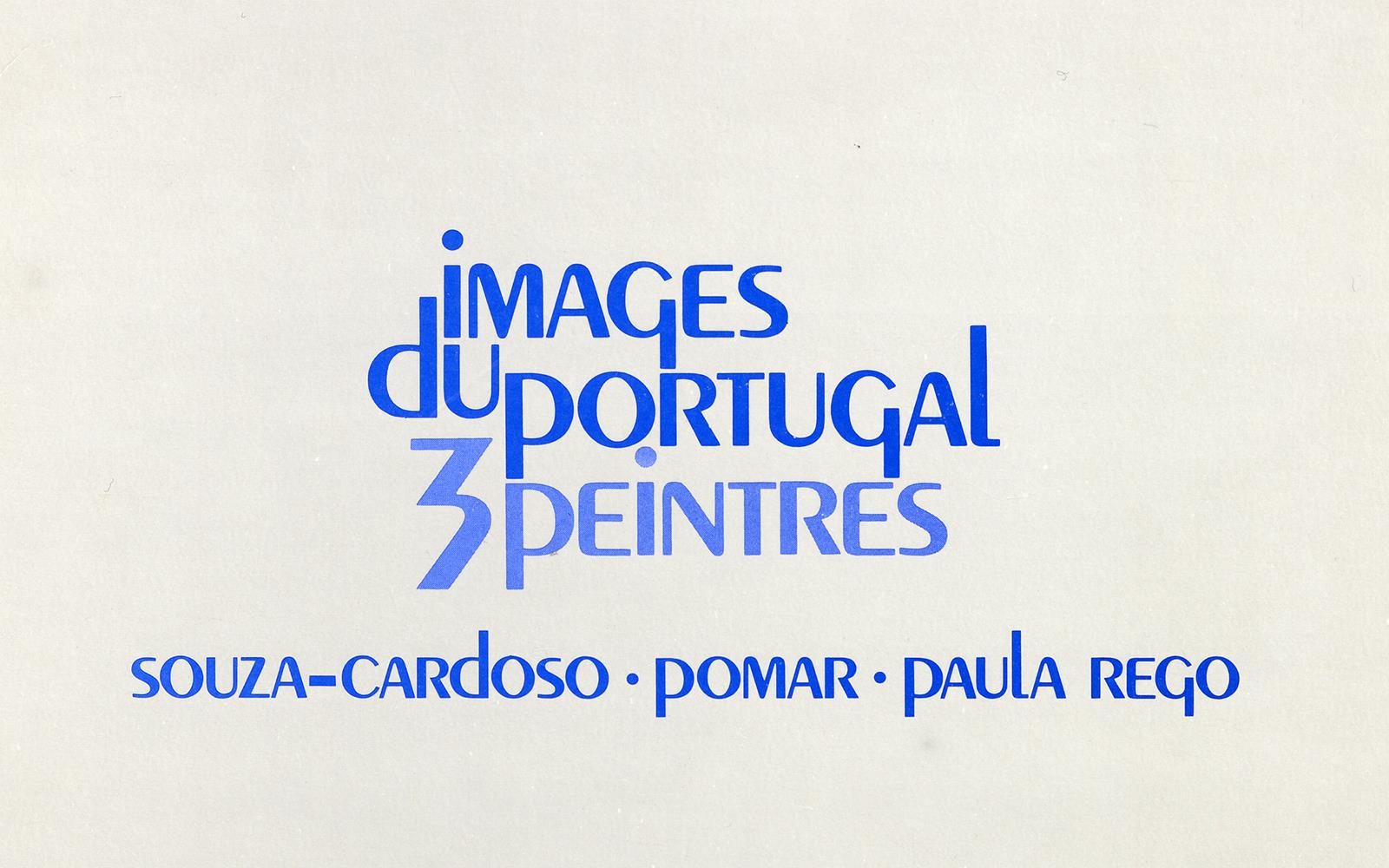
1988 / Galerie de Montbenon, Lausana
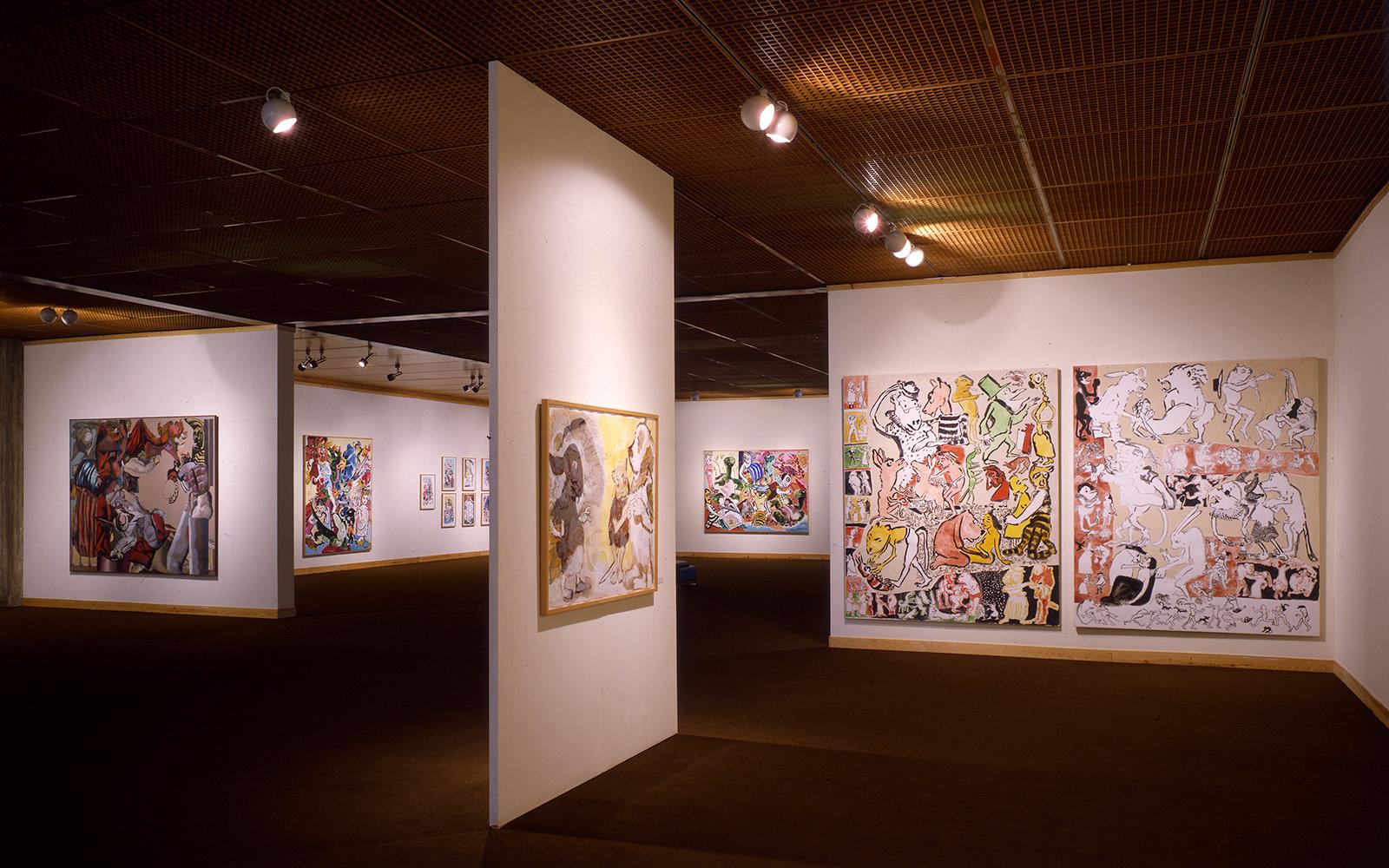
1988 / Itinerância Portugal
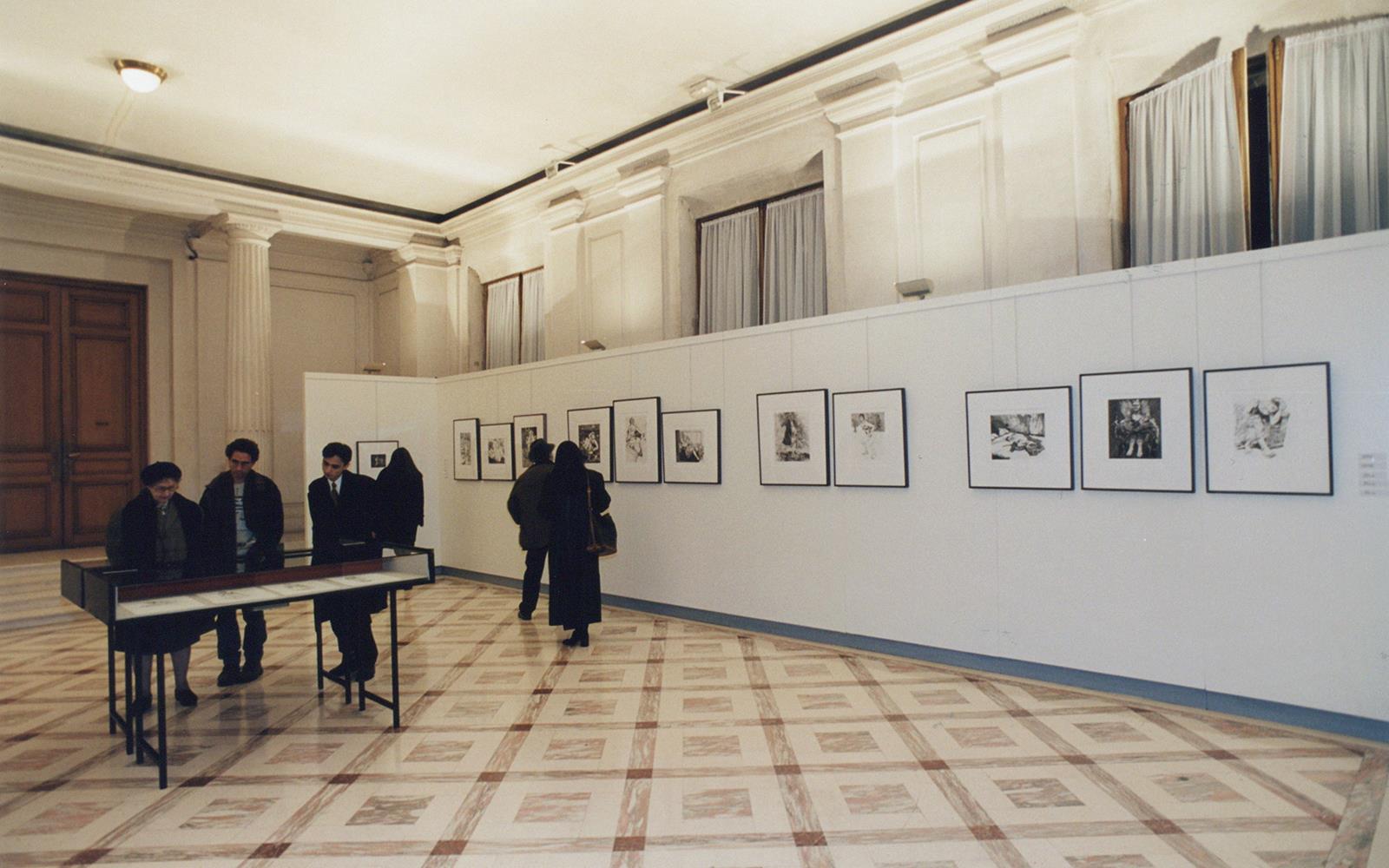
1999 / Itinerância [organização externa]
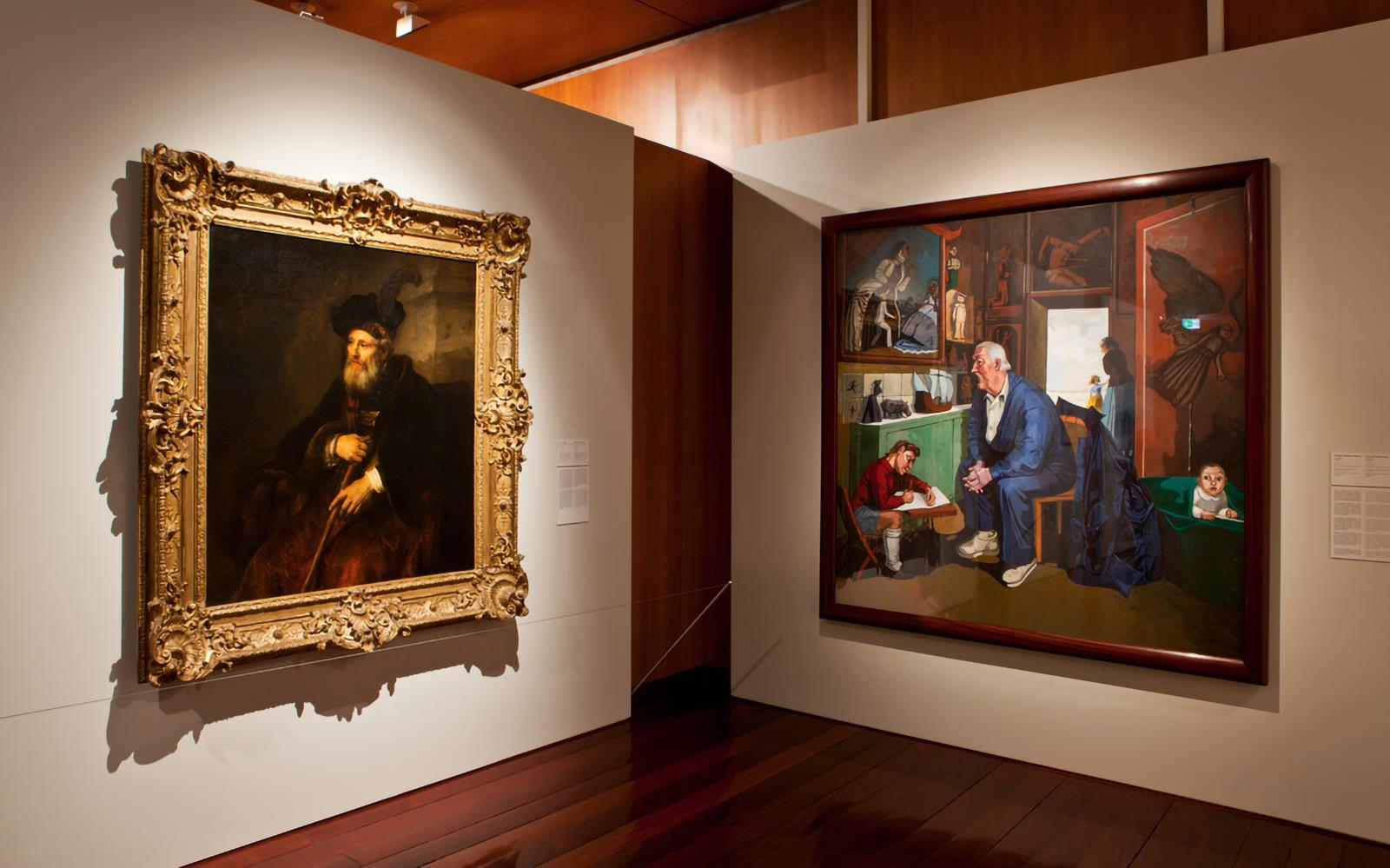
2014 / Museu Calouste Gulbenkian, Lisboa
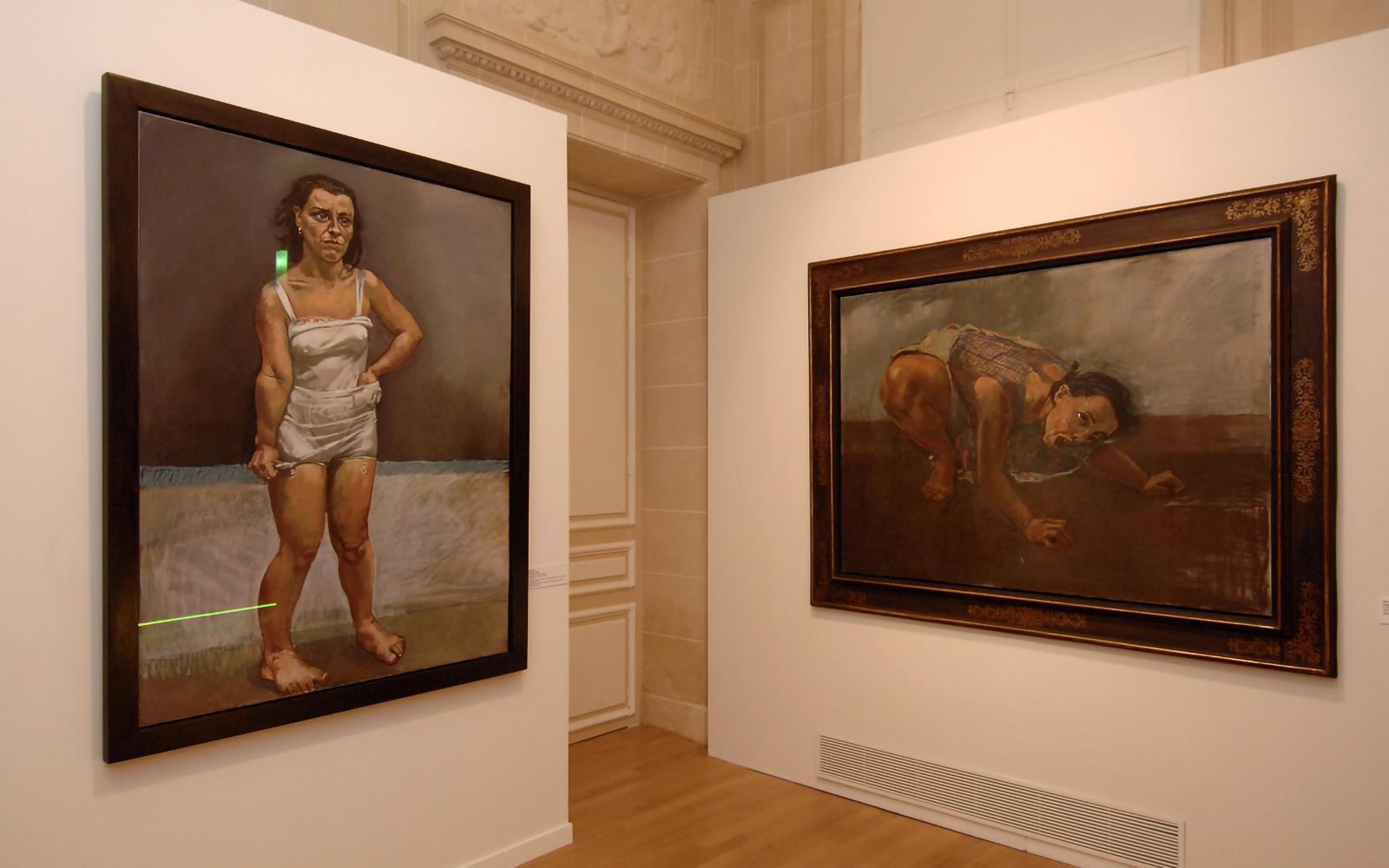
2012 / Fondation Calouste Gulbenkian – Delégation en France, Paris